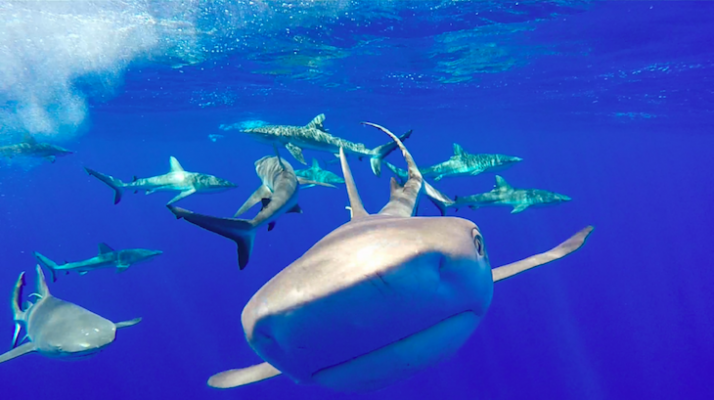Over the past decades, shark populations around the world have been dwindling. Overexploitation for shark fins, and by catch from commercial fishing has lead to a sever inbalance in the worlds shark population.
Unfortunately, the problem is compounded as most of the scientific data about shark populations has been inferred from catch records in industrial fisheries. Far less information is available about sharks that live in coastal habitats.
A recent study published in Nature revealed the profound impact that fishing has had on reef shark populations observing no sharks on almost 20% of the surveyed reefs. The study looked at video data from over 15,000 baited camera stations from 371 reefs in 58 nations to estimate the conservation status of reef sharks globally.
“There are certain places where the shark population seems to be in reasonably good shape but…that’s probably not an accident,” says Michael Berumen, a professor of marine science at the King Abdullah University of Science and Technology in Saudi Arabia and coauthor of the new findings. “Almost all of them are places that have made the investment—the time and energy and resources—to have effective protections in those coral reef systems.”

Researchers counted very few sharks from reefs in a number of nations, including the Dominican Republic, Qatar, and Vietnam. On the other hand, sharks were generally plentiful in Australia, the Bahamas, French Polynesia, and several other countries.
Countries, where sharks were abundant, tended to employ a number of tactics like creating shark sanctuaries, areas where commercial shark fishing and trade in shark products is banned, setting limits on the number of sharks that can be caught, or restricting the use of gillnets and longlines. “They catch fairly indiscriminately,” Heithaus says. “Getting rid of those [fishing] gears is one of the biggest things that can be done to help rebuild coastal shark populations.” [Popular Science]



